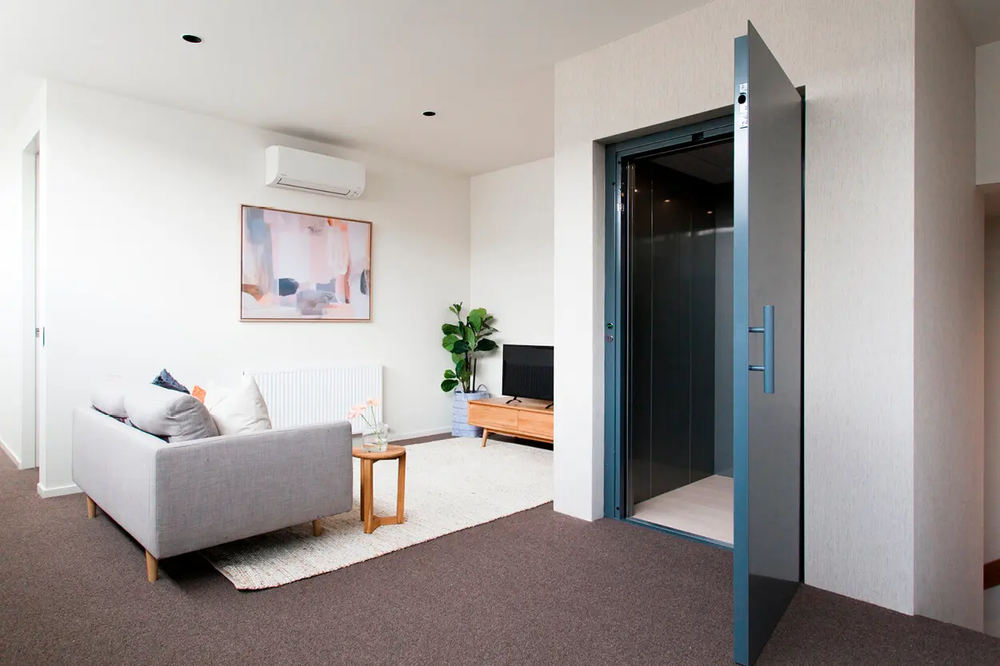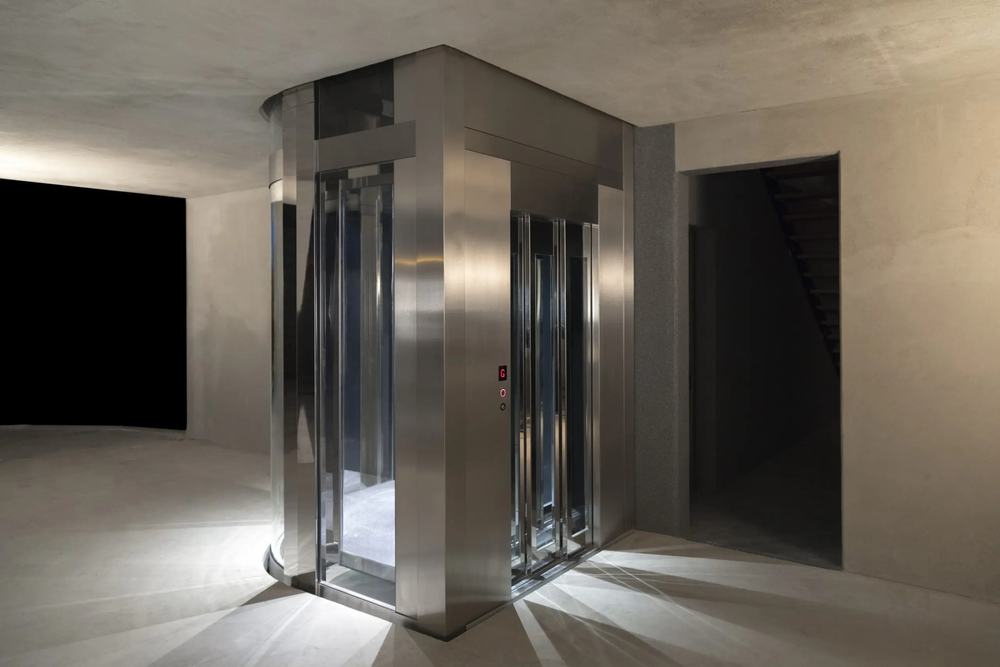What is a residential lift?
Residential lifts are designed to be placed in private residences and sometimes small commercial buildings. If you are searching for a home trend to add in your house, a home elevator might just exactly what you need.
These are not comprehensive and as expensive as those lifts found in commercial buildings. Usually, they are small and can fit up to four (4) occupants, with the ability to go up and down two to five (2-5) floors.
They are often easier to maintain and easier to install and construct.
Why should you install a lift in your residence?
Residential lifts can serve several purposes. Below we have listed a few.
- Install for comfort: You might simply not like taking the stairs; having a residential lift gives you the comfort of going anywhere in your home with ease. Take, for example, you own a three (3) story house where the kitchen is on the ground floor while your bedroom is on the second floor.
Do you foresee yourself climbing flights of stairs over and over just to get from your kitchen to your bedroom? Not only will that impact how you feel physically, but it’s simply a waste of time.
- Install for convenience: Having a lift makes life so much easier. For example, pretend you are renovating your home. The workers are taking in heavy equipment - bringing out the old furniture and appliances you want to update, as well as bringing in the new ones to be added.
Imagine the stress and work it will be to do all of that while walking up flights of stairs.
- Install for property value: If you wish to sell your home in the future, adding a residential lift can boost its value. The value is boosted because of the ease it will give its new owners - they will not have to struggle climbing flights of stairs or they won’t have to renovate in that aspect. It’s best to add with other property boosting uplifts in your home such as a double glazed windows that can increase your property sale value of up to 10%.
Also, they will be quick to buy it too because of the beauty the lift will add to your home.
- Install for safety: Installing a residential lift can allow for safety in several ways. As a person ages, they become less and less active - their body does not work as well as it would when they were younger.
You do not want to own a house that you are not able to access because your body cannot manage climbing and descending flights of stairs. Maybe you have a disability that affects your mobility - a residential lift will be a good decision to install because then you will have the chance to have full access to your home.
Let’s say someone in your house is pregnant, climbing flights of stairs will impact the health of that person’s body. Having a residential lift can help in this regard.
Of course, problems can occur with a lift, but more issues exist with a staircase. For example, you could slip and fall down flights of stairs.
- Install for space: Let’s admit it - staircases take up a lot of space. The size of a residential staircase is dependent on the size of the building itself, however, the standard size of a residential staircase is 3 feet, 6 inches.
When you eliminate that space, you have added that added space that could be used for storage space, a small office, an indoor garden, etc.

What are the different types of residential lifts?
You choose the type based on the type of residence and space you have. Here are a few to consider.
- Hydraulic Lifts: These home lifts are considered heavy duty and can accommodate weights from seven hundred and fifty pounds (750lbs) up to one thousand pounds (1000lb).
With hydraulic lifts, every floor must have a full hoist-way enclosure; a pit with a low landing, and it needs to be in a separate machine room.
- Machine Room-Less Lifts: With this kind of home lift, you do not need a machine room. An MRL lift has its controller and its drive in the hoistway, so it does not need a separate machine room.
This is great for those homeowners who do not have the space to accommodate a machine room but desire to have large cabs.
- Winding Drum Lifts: Having the ability to carry a five hundred to seven hundred and fifty (500-750lb) load, winding drum lifts are operated using an electric motor. This lift is raised up and down via a drum that winds the cable using a motor.
Winding drum lifts can be configured in a variety of ways. If you have the space, it is recommended to have a machine room for easy servicing and maintaining.
- Shaftless Lifts: These are also known as through-floor lifts. They require little space than conventional lifts and are easy to fit into already existing residential spaces. They are also easy to construct and have no need for a separate machine room.
Shaftless lifts can be purchased from several manufacturers and can be positioned almost anywhere in a residential space. If you’re looking for convenience; have a small space and want simplicity, this is the lift for you.
- Vacuum Lifts: There are three models of cylinders available for vacuum lifts. The cylinders dictate how much weight they can carry, as well as how many people.
These, too, are perfect for homes that have a small space - no machine room is needed. Construction is kept to a minimum and they can serve as many as five (5) landings.
What codes or regulations are there for me to know?
Once you start considering installing a home elevator, you must know the lift codes or main regulations for the country you live in, and you must adhere to them. Let us look at a few of these codes.
- If the lift connects more than two stories, it must have a shaft enclosure.
- The lift’s shaft must be enclosed with fire-resistant material.
- If the stairway or lift is in a fire-resistant shaft, they should not be using the same shaft.
- Fire service control should be in all passenger lifts.
- A warning sign should be in all passenger lifts at every landing.
- Machine rooms, as well as the top and bottom of all lifts, should be equipped with a fire sprinkler system.
Please remember this is not the full list of requirements, so make sure to check it out before doing anything. It’s always better to be safe than sorry.

What to consider when hiring a contractor to install my residential lift?
You do not want to hire someone who will do a terrible job, so here are a few guidelines to follow when hiring a contractor to install your residential lift.
- Choose a contractor that is licensed and has insurance. This will let you know the person is qualified for the task and if any damage occurs, it will not be your problem.
- There are different types of installation services - so ask your contractor which one they offer services for, whether it be installation, assembly, or maintenance.
- Get someone who can assemble, install, and maintain lifts, so that if anything goes bad, they have the knowledge and experience to fix it and so that you don't have to hire someone else.
- Make sure to enquire how long the project will take so that you know if this is the right person for you based on the timeframe you are working with.
- Call the installation company to make sure the contractor works there and is as qualified as he/she says - you do not want to be duped out of your money.
- Check out reviews on both the contractor and the company, so you have a good idea of what you're getting yourself into.
Author Bio: Matthew Thomas is the partnership associate at Platinum Elevators. He works with multiple B2C and B2B connection for the company and handles content creation for the business. Matt is also active in various construction events in WA and across Australia.
Publisher Website: https://platinumelevators.com.au/